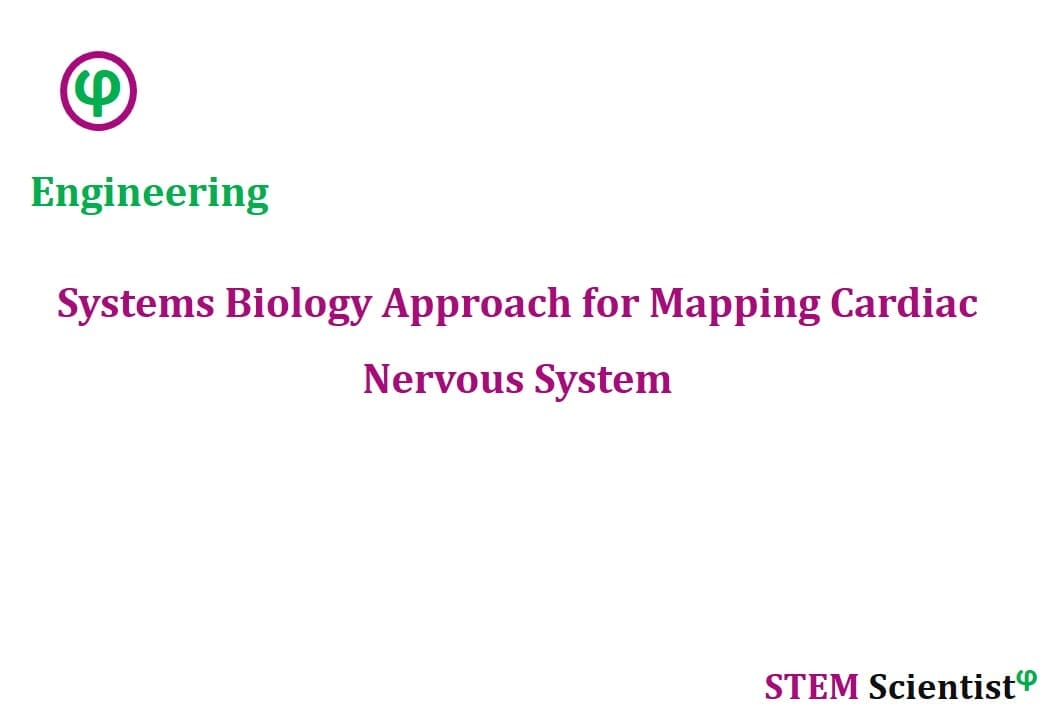
The following study was conducted by Scientists from Daniel Baugh Institute for Functional Genomics/Computational Biology, Department of Pathology, Anatomy, and Cell Biology, Thomas Jefferson University, Philadelphia, PA, USA; Daniel Baugh Institute for Functional Genomics/Computational Biology, Department of Pathology, Anatomy, and Cell Biology, Thomas Jefferson University, Philadelphia, PA, USA. Study is published in iScience Journal – Cell Press Publishing as detailed below.
iScience Journal – Cell Press Publishing (2021)
Mapping the Little Brain at the Heart by an Interdisciplinary Systems Biology Team
Heart disease is the leading cause of death worldwide. It is known that the neurons located at the heart (sometimes called “the little brain at the heart”) are a crucial player in maintaining heart health. The latest research efforts have been aimed at uncovering how one can understand the finer details of the cardiac nervous system and improve heart health in disease. These efforts have been set back by the lack of a comprehensive anatomical, molecular, and physiological understanding of the heart’s nervous system. One of the initial goals of the NIH Common Fund Program Stimulating Peripheral Activity to Relieve Conditions (SPARC) was to develop such a foundational resource upon which new research studies could be initiated for developing maps and tools to identify and influence therapeutic targets.
The collaboration that produced our comprehensive mapping of the intrinsic cardiac nervous (ICN) system and model has a long-standing core and an ad hoc network that came together to result in the work published in iScience, “A Comprehensive Integrated Anatomical and Molecular Atlas of Rat Intrinsic Cardiac Nervous System” (https://www.cell.com/iscience/fulltext/S2589-0042(20)30325-4).
Source:
iScience Journal – Cell Press Publishing
URL: https://www.cell.com/iscience/fulltext/S2589-0042(21)00401-6
Citation:
Vadigepalli, R., Schwaber, J.S., 2021. Mapping the little brain at the heart by an interdisciplinary systems biology team. iScience 24(5).


